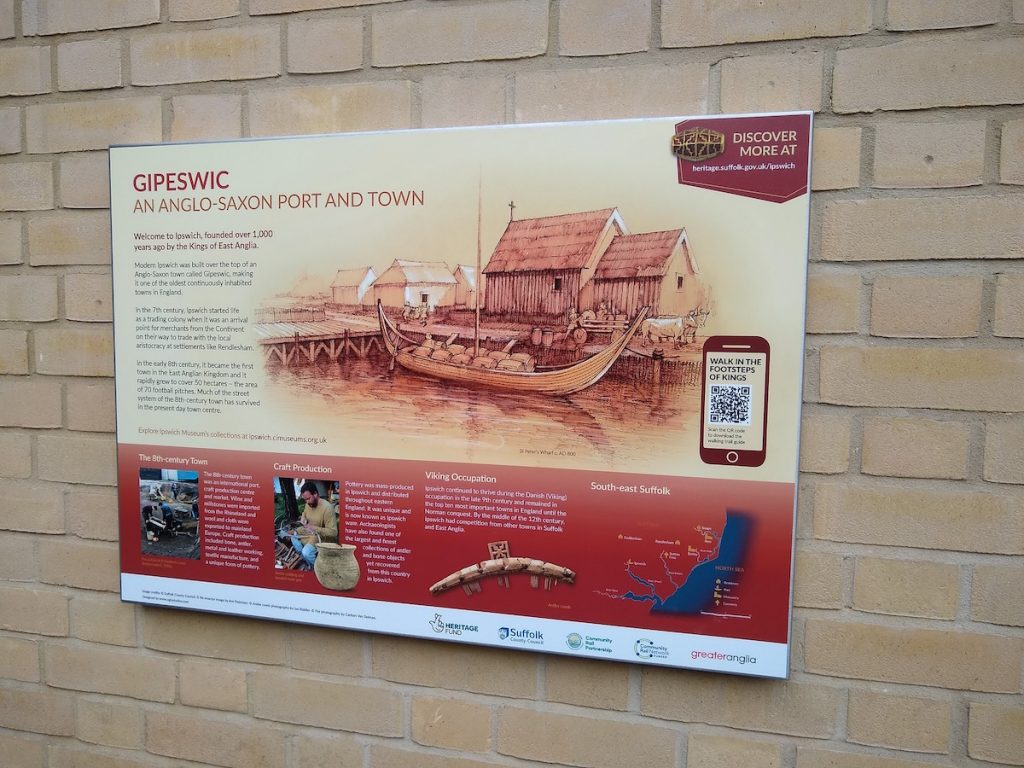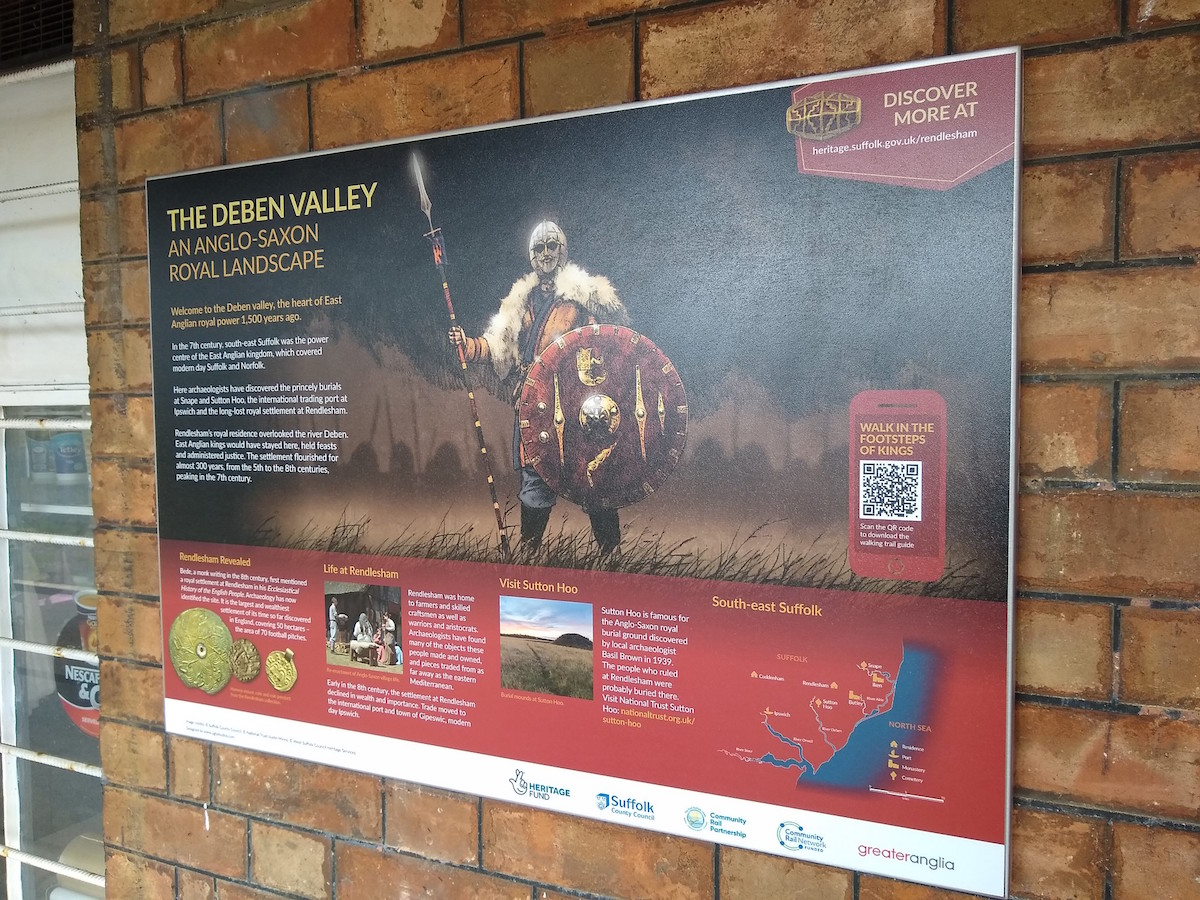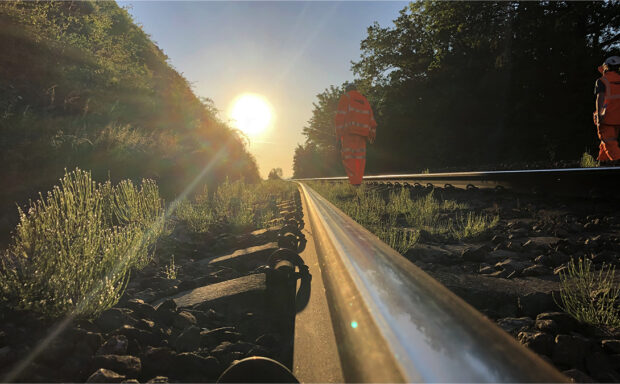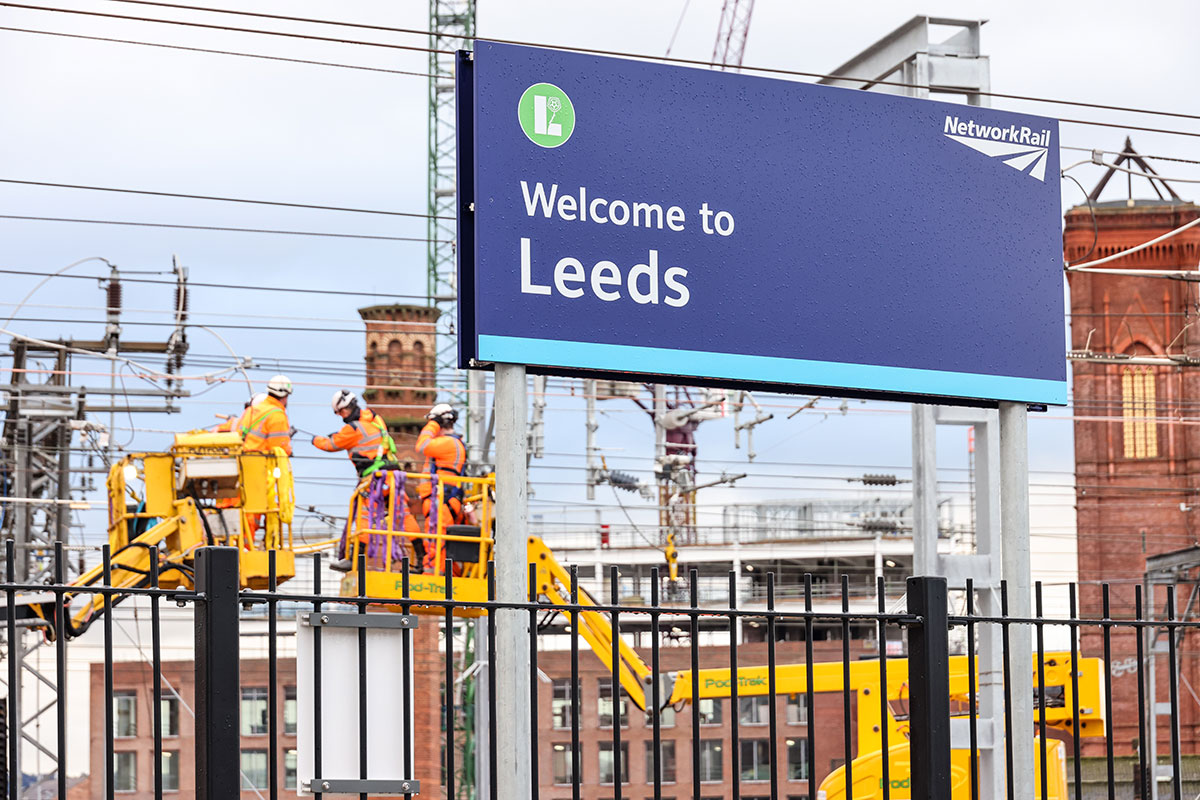East Suffolk Lines Community Rail Partnership has supported the creation of a walking trail steps away from the site of one of the world’s most important archaeological finds – the Sutton Hoo Treasure.
The discovery of the Anglo-Saxon ship burial at the Sutton Hoo estate in 1939 – the basis of Netflix’s The Dig, starring Ralph Fiennes, Carey Mulligan and Lily James – changed history.
It “represents the most impressive medieval grave to be discovered in Europe,” says The British Museum, where the incredible collection of “dazzling riches” thought to belong to a King is on display.
The finds, which include silverware from the Byzantium, gold dress accessories and a helmet with a mask, “went on to transform our understanding of this time in history, and the lives and beliefs of the people who lived then,” says Sue Brunning, curator of Early Medieval European Collections at The British Museum.
In the footsteps of Kings
Today, you can take a rail trip to walk in the footsteps of seventh century East Anglian Kings – thanks partly to support from Community Rail.
A seven-mile walking trail close to the Sutton Hoo site in Deben Valley reveals the area’s archaeological secrets.

The trail begins at Wickham Market railway station in Campsea Ashe, with other local railway stations getting involved in the project by installing information boards detailing the local Anglo-Saxon history.
Each information board has a QR code which you can scan to directly download the walking trail guide, which is available on the Suffolk Heritage Explorer website.
These have been made possible thanks to generous funding and support from East Suffolk Lines Community Rail Partnership, the Department for Transport Community Rail Development Fund, Community Rail Network Fund and train operator Greater Anglia.
The guide points out the history along the scenic route, which includes meadows, open fields, woodland and riverside paths.
Hidden gems from other periods of history include a Medieval priory, a stately home, a decoy pond and ancient woodland. Click on the gallery:
Community Rail is a government strategy supported by the rail industry that engages local people in the development and promotion of local railways – and gives you more of a say over how your railway is run.
It’s also a great opportunity for local communities to get involved with improving the railway environment by using redundant buildings and providing services such as cafes.
You can take part in things like volunteer groups at stations, social enterprises and projects to create community hubs.




